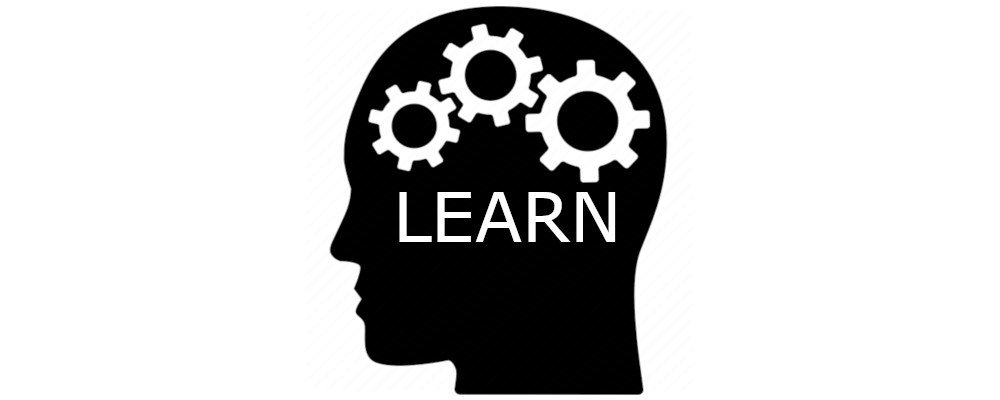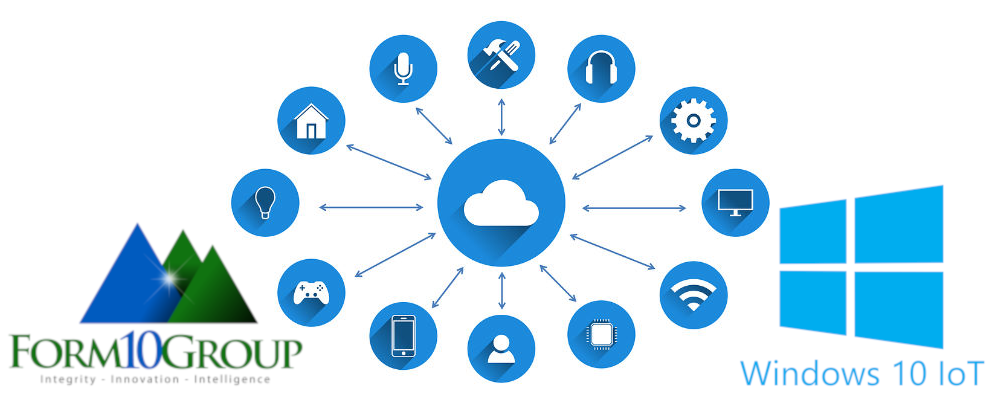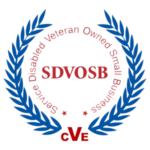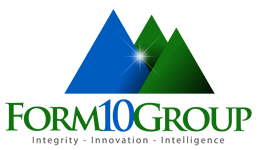
Ethernet networks provide a connection between multiple computer systems to allow for the transfer of data. This is especially beneficial for businesses who may have multiple office locations or support staff that provide field service. In order to monitor network statistics within an ethernet network, businesses can use Remote Network Monitoring (RMON). RMON can help provide information on device behavior to evaluate system status and configuration.
RMON is implemented using remote monitors, also known as probes. Probes collect information and analyze packets and only transmit data when required which helps to reduce traffic. RMON can be run to analyze groups of manageable objects to monitor different parts of the Ethernet network. These manageable groups are also referenced as RMON1 groups and are listed below:
Statistics: Utilization, collisions, and errors statistics
History: History of the statistics group
Alarm: Allows thresholds and sampling periods to be set that will trigger an alarm when specified conditions occur
Hosts: Host specific statistics recorded by MAC addresses
Hosts top N: Record of host statistics shown according to defined parameters
Matrix: Traffic history between hosts
Filter: Allows monitoring of defined packet data patterns
Capture: Data collected and sent according to the Filter
Event: Sends notifications for the Alarm group
Token Ring: RMON extension
RMON can allow for a business to monitor and manage network performance and usage remotely. This allows a business to ensure that everything is operating efficiently and can help with system security. Form 10 group has utilized managed services such as RMON in order to pre-emptively solve IT issues rather than reacting with the traditional “break-fix” model. This allows organizations to enjoy robust IT capabilities and uninterrupted services without needing to employ a large cadre of IT professionals. Combining the benefits of pre-emptive disruptions through managed services and responsive field service professionals to solve the on-site issues, we provide customized, turn-key solutions to our clients. Allow Form 10 Group to evaluate and implement a RMON solution that benefits your business model.
https://www.thenetworkencyclopedia.com/entry/remote-network-monitoring-rmon/
https://en.wikipedia.org/wiki/RMON
https://www.helpsystems.com/resources/articles/top-5-benefits-remote-network-monitoring









Recent Comments